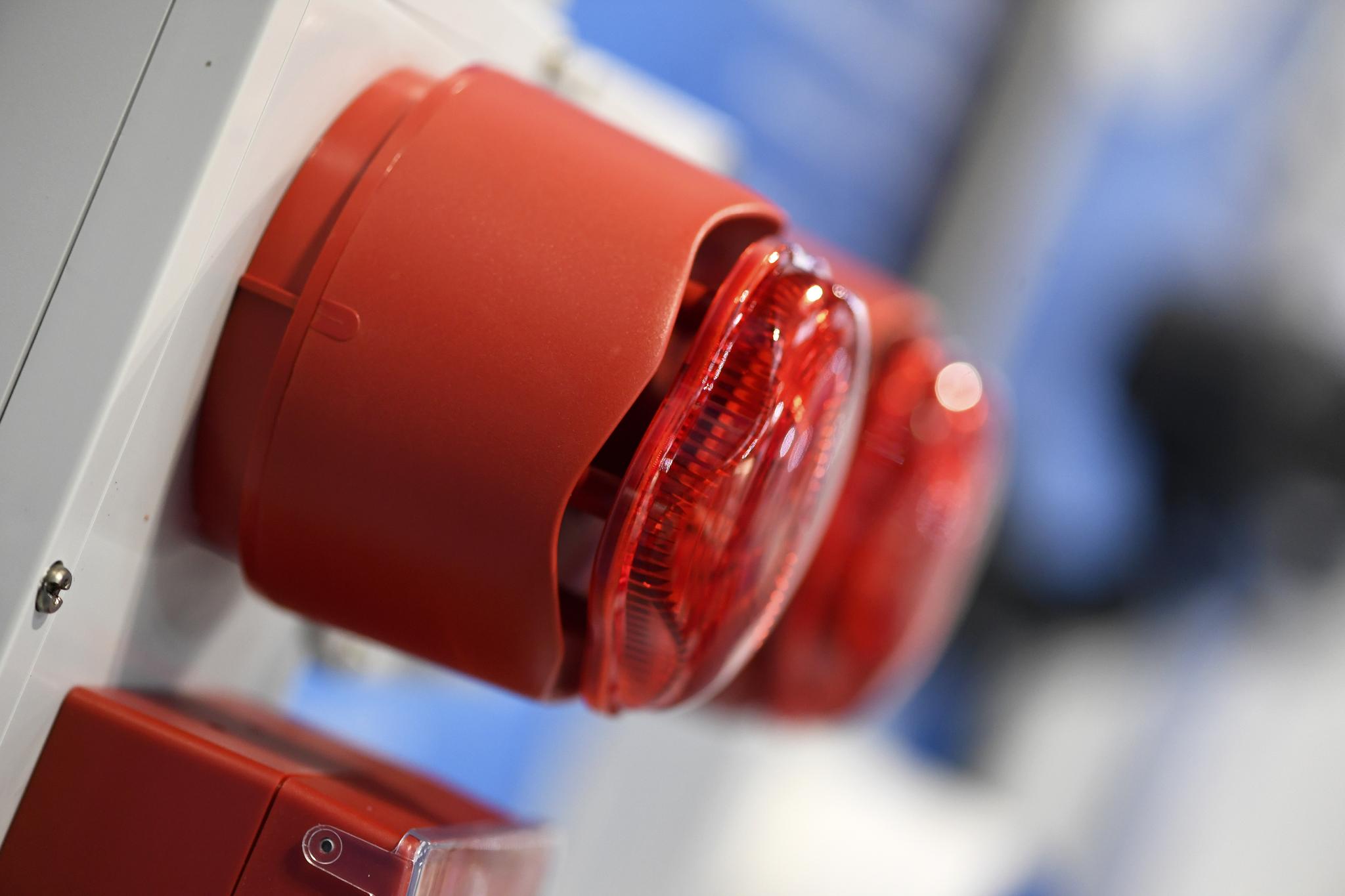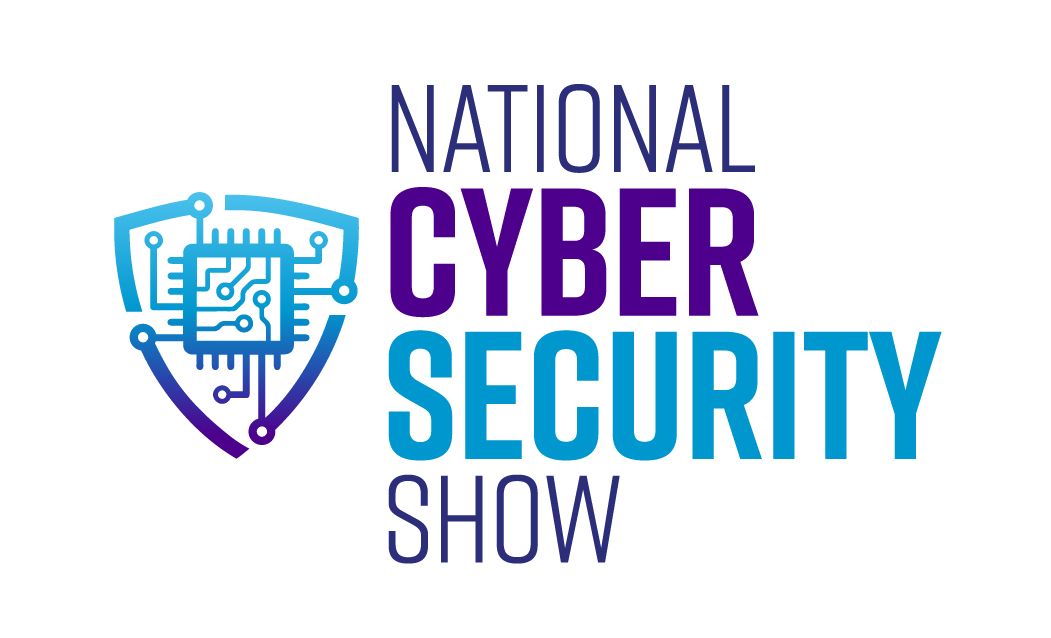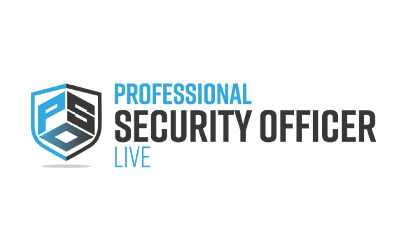13 Nov 2024
Don't Make These Mistakes as a Fire Safety Inspector
Being a fire safety inspector is not an easy job. Former fire safety regulator Adam Postlethwaite tells us what mistakes to avoid:
- Don’t be passive. Conducting a fire inspection can often bring up some uncomfortable conversations where you may need to be quite direct and assertive. Whilst steering away from being aggressive, being assertive can help you to control a situation in a professional way, aiding you in sticking to your duty without compromise. See more on the differences between assertive and aggressive communication in this helpful article.
- Dig deeper. Don’t just ask the fire safety manager when the last fire safety awareness refresher training took place. Follow up their response by asking a sample of staff members if they know where the fire assembly point is, or how often the fire alarm is tested. Using generic questions will get you generic responses.
- Don’t rely on closed questions. Get the responsible person to elaborate by asking open-ended questions such as ‘Explain how your staff are trained with regards to fire safety when starting with your company. or When was the last time existing staff received refresher training in fire safety?’ instead of, ‘Do all staff receive induction training?’ which is likely to produce a simple yes or no answer. Anyone can answer yes to a closed question, but an open-ended question can give you more insight. In this instance, you should be able to get a better sense of whether or not induction training is taking priority.
- Don’t use leading questions. As a fire safety inspector, you want to be getting all the facts about a situation, whether positive or negative. You do not want to influence someone to give what they think is the ‘right answer’. An example of this could be asking ‘All of your employees know where the emergency assembly point is, don’t they?’ By using this type of question, the interviewee may feel pressured to respond in the affirmative. It would be much better to ask, ‘How do you ensure your employees know where the emergency assembly point is?’ You could also ask an employee directly to show you where the emergency assembly point is located to follow up on this.
- Don’t overlook the importance of quality training and CPD. If you have already completed the Level 4 Diploma in Fire Safety (Fire Inspector), are you keeping up to date with current legislation, and engaging in CPD sessions to further expand your knowledge and skills? Doing so can help to further aid your competence within your role. Learning from other experienced fire safety inspectors can also help you gain a different perspective and find new and better ways of doing things.
- Don’t be so focused on the woods that you forget to see the trees. In other words, don’t get so hung up on the big picture that you end up overlooking the smaller details. When carrying out an audit and inspection, you may observe a serious breach early in your visit. Ensure you do not only focus on this one breach, as you could easily miss other breaches of the Fire Safety Order. Take your time and ensure your visit is logical and systematic.
- Beware of failing to document findings properly. Good record keeping starts from the very moment you decide which premises it is you are going to audit and inspect. Ensuring your audit & inspection form is fully completed, accurate data entry on your organisations computer system and timely making of contemporaneous notes will all be beneficial to a fire safety inspector should an appeal be made against an outcome or a prosecution for an offence be sought. It may be several years before you need to recount your actions and decisions and so the better your notes and records, the easier it will be for you.
- Don’t neglect regular follow-ups. In-line with your organisations policies and procedures, ensure you follow-up on premises to satisfy yourself that the necessary changes have been made to comply with the Fire Safety Order. This is particularly important where an Enforcement Notice has been served, or when checking compliance with a Prohibition Notice.
- Don’t forget the human factor. Too much focus can be put on things like walls, fire doors, and alarms. However, if you don’t take into account human behaviour or management procedures, you are not looking at the full picture in a realistic way. For fire doors and alarms etc. to be effective, they need to be subject to regular maintenance. This only comes from appropriate and effective fire safety arrangements and procedures.
- Don’t underestimate the importance of adequate communication with building owners/managers / responsible persons. Clear communication can go a long way in making yourself understood. When it comes to keeping people safe, there is no room to be vague. It is better to keep things clear, simple, bespoke and relevant to the premises you are inspecting so as to avoid misunderstandings.
- Don’t be inflexible. Relying too much on checklists and not being willing to adapt is a mistake you will want to avoid. Each premises is unique and should be treated as such, and assuming that what works for one premises will work for another because they are similar can be a dangerous assumption.
- Not collaborating with partner agencies enough. Agencies like local Housing, Environmental Health, Care Quality Commission (CQC) etc. hold a host of valuable information for a fire safety inspector. From helping to identify the responsible person(s) to confirming premises use information, effective collaborative working and information sharing should not be underestimated.


.png)
.png)
.png)
.png)

